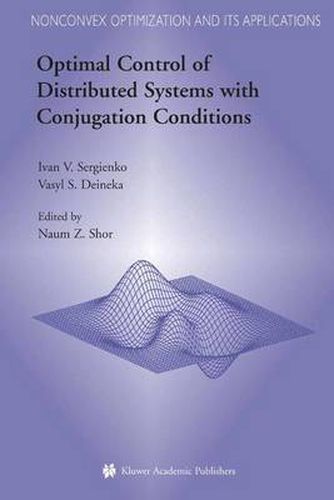Readings Newsletter
Become a Readings Member to make your shopping experience even easier.
Sign in or sign up for free!
You’re not far away from qualifying for FREE standard shipping within Australia
You’ve qualified for FREE standard shipping within Australia
The cart is loading…






This title is printed to order. This book may have been self-published. If so, we cannot guarantee the quality of the content. In the main most books will have gone through the editing process however some may not. We therefore suggest that you be aware of this before ordering this book. If in doubt check either the author or publisher’s details as we are unable to accept any returns unless they are faulty. Please contact us if you have any questions.
At present, in order to resolve problems of ecology and to save mineral resources for future population generations, it is quite necessary to know how to maintain nature arrangement in an efficient way. It is possible to achieve a rational nature arrangement when analyzing solutions to problems concerned with optimal control of distributed systems and with optimization of modes in which main ground medium processes are functioning (motion of liquids, generation of temperature fields, mechanical deformation of multicomponent media). Such analysis becomes even more difficult because of heterogeneity of the region that is closest to the Earth surface, and thin inclusions/cracks in it exert their essential influence onto a state and development of the mentioned processes, especially in the cases of mining. Many researchers, for instance, A.N. Tikhonov - A.A. Samarsky [121], L. Luckner - W.M. Shestakow [65], Tien-Mo Shih, K.L. Johnson [47], E. Sanchez-Palencia [94] and others stress that it is necessary to consider how thin inclusions/cracks exert their influences onto development of these processes, while such inclusions differ in characteristics from main media to a considerable extent (moisture permeability, permeability to heat, bulk density or shear strength may be mentioned). Xll An influence exerted from thin interlayers onto examined processes is taken into account sufficiently adequately by means of various constraints, namely, by the conjugation conditions [4, 8, 10, 15, 17-20, 22-26, 38, 44, 47, 52, 53, 68, 76, 77, 81, 83, 84, 90, 95, 96-100, 112-114, 117, 123].
$9.00 standard shipping within Australia
FREE standard shipping within Australia for orders over $100.00
Express & International shipping calculated at checkout
This title is printed to order. This book may have been self-published. If so, we cannot guarantee the quality of the content. In the main most books will have gone through the editing process however some may not. We therefore suggest that you be aware of this before ordering this book. If in doubt check either the author or publisher’s details as we are unable to accept any returns unless they are faulty. Please contact us if you have any questions.
At present, in order to resolve problems of ecology and to save mineral resources for future population generations, it is quite necessary to know how to maintain nature arrangement in an efficient way. It is possible to achieve a rational nature arrangement when analyzing solutions to problems concerned with optimal control of distributed systems and with optimization of modes in which main ground medium processes are functioning (motion of liquids, generation of temperature fields, mechanical deformation of multicomponent media). Such analysis becomes even more difficult because of heterogeneity of the region that is closest to the Earth surface, and thin inclusions/cracks in it exert their essential influence onto a state and development of the mentioned processes, especially in the cases of mining. Many researchers, for instance, A.N. Tikhonov - A.A. Samarsky [121], L. Luckner - W.M. Shestakow [65], Tien-Mo Shih, K.L. Johnson [47], E. Sanchez-Palencia [94] and others stress that it is necessary to consider how thin inclusions/cracks exert their influences onto development of these processes, while such inclusions differ in characteristics from main media to a considerable extent (moisture permeability, permeability to heat, bulk density or shear strength may be mentioned). Xll An influence exerted from thin interlayers onto examined processes is taken into account sufficiently adequately by means of various constraints, namely, by the conjugation conditions [4, 8, 10, 15, 17-20, 22-26, 38, 44, 47, 52, 53, 68, 76, 77, 81, 83, 84, 90, 95, 96-100, 112-114, 117, 123].